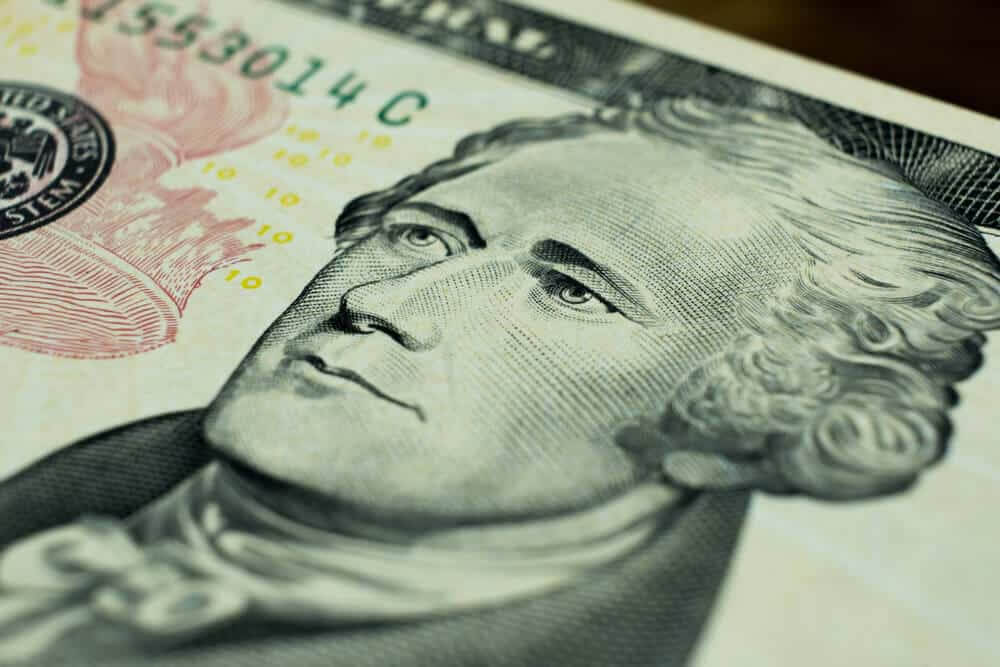
Dollar Plunges Amid Negative Rates
The U.S. dollar weakened in the early European forex trade on Friday. The grim economic numbers raised the ghost of negative U.S. interest rates. This undermined the yield advantage of holding USD-denominated assets.
The U.S. Dollar Index stood at 99.775, down 0.1%, while EUR/USD rose 0.1% to 1.0838. GBP/USD pushed 0.2% higher to 1.2386 and USD/JPY gained 0.1% to 106.41.
The initial claims report on Thursday revealed that 3.169 million Americans claimed unemployment last week. This means more than 33 million have now filed for support since the coronavirus pandemic ripped through the economy.
This caused the yield on the two-year Treasury to settle at a record low on Thursday. This finished the trading session at 0.129% down from 0.180% at Wednesday’s close.
Investors have started to price in the chance of the U.S. Central Bank cutting official interest rates below zero. This was with the January fed funds futures contract reaching a peak of 100.025 in New York on Thursday.
It was a record high, indicating a policy rate of negative two and a half basis points.
The economic downturn has worsened and this could force the Fed’s arm to expand its crisis response. The Fed said it does not view negative rates as “appropriate”.
The Dollar and the Employment Report
FX markets await the April employment report, which is due today. It will capture an entire month of lockdown measures that brought large parts of the economy to a standstill. Furthermore, it will show its impact on the dollar.
Economists expect that nonfarm payrolls dropped by 22 million last month.
That is 27-times worse than the monthly decline during the Financial Crisis. Moreover, it is 11-times as big as the record drop of September 1945, the demobilization of World War II.
Meanwhile, in other forex news, the Turkish lira remains under pressure. This is despite the country’s banking watchdog barred local lenders from trading lira with Citibank, BNP Paribas, and UBS. They say the three foreign banks failed to meet their lira liabilities.
The regulator has limited the amount of lira that Turkish banks can make available to foreign investors and banks. This is their attempt to make it tougher to bet against the local currency.
Turkey faces a relatively high $170 billion in external debt costs in 2020. It has been burning through foreign exchange reserves at a fast pace, trying to defend its currency.
The dollar, Turkish Lira traded at 7.1493, up 0.5%, reaching 7.25 on Thursday.




